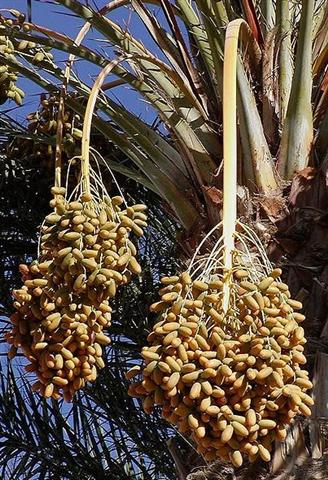If side b of the C tablet refers to the times of Al Sharatain, then I maybe ought to redefine the Gregorian dates accordingly, for instance with the (heliacal) March equinox at Cb1-1 and the (nakshatra) September equinox at Cb1-3 (i.e. 107 - 27 = 80 respectively 292 - 27 = 265).
I would keep the stars in my tables at the dates I have earlier arranged in parallel with the glyphs, those in rongorongo times, but the new dates connected with the stars and glyphs would refer to the time of Al Sharatain, ca 2000 years earlier:
| 'Equinox |
'March 22 (81) |
23 (448) |
168 |
| 'September 20 |
21 |
'Equinox (265) |
| April 17 (107) |
18 |
19 |
| October 17 (290) |
18 |
19 |
 |
 |
 |
| Cb1-1 (393) |
Cb1-2 |
Cb1-3 |
| E tupu - ki roto |
o te hau tea |
| Al Sharatain-1 / Ashvini-1 / Bond-16 |
ι Arietis (28.0), λ Arietis (28.2) |
Alrisha, χ Phoenicis (29.2), Alamak (29.7) |
| Segin, Mesarthim, ψ Phoenicis (27.2), SHERATAN, φ Phoenicis (27.4) |
| Muphrid (210.1), ζ Centauri (210.3) |
φ Centauri (211.0), υ¹ Centauri (211.1), υ² Centauri (211.8), τ Virginis (211.9) |
Agena (212.1), θ Apodis (212.5), Thuban (212.8) |
This reading appears to be in harmony with the glyphs. For instance will the great vero now be where in the times of Al Sharatain the nakshatra date March 14 (3-14) was located.
We can continue and notice that with day 260 ('September 17 and 5 days before the equinox) a kind of reversal occurs:
| 'September 16 |
17 (260) |
18 |
| 'March 17 |
18 (77) |
19 (444) |
| October 13 |
14 |
15 (288) |
| April 13 |
14 (104) |
15 |
 |
 |
 |
| Cb8-9 (572) |
Cb8-10 |
Cb8-11 |
| te hokohuki - ma te maro |
te hokohuki ma te maro |
ka ke te manu ki te maro |
| ε Centauri (206.3) |
no star listed (207) |
τ Bootis (208.2), Benetnash (208.5), ν Centauri (208.7), μ Centauri, υ Bootis (208.8) |
| Achernar (23.3) |
no star listed (24) |
no star listed (25) |
| 'Sept 19 |
20 |
21 (264) |
'Equinox |
23 |
24 |
| 'March 20 |
'Equinox |
22 (81) |
23 |
24 |
25 (450) |
| Oct 16 |
17 (290) |
18 |
19 |
20 |
21 |
| April 16 |
17 |
18 |
19 |
20 |
21 (111) |
 |
 |
 |
 |
 |
 |
| Cb8-12 |
Cb8-13 |
Cb8-14 |
Cb8-15 |
Cb8-16 |
Cb8-17 (580) |
| Te ariki |
hokohuki |
te inoino |
te hokohuki |
te inoino |
te vai noho |
| no star listed (209) |
Muphrid (210.1), ζ Centauri (210.3) |
φ Centauri (211.0), υ¹ Centauri (211.1), υ² Centauri (211.8), τ Virginis (211.9) |
Agena (212.1), θ Apodis (212.5), Thuban (212.8) |
14h (213.1) |
Neck-2 |
| χ Centauri (213.0), Menkent (213.1) |
Asellus Tertius, κ VIRGINIS, 14 Bootis (214.8) |
| POLARIS, Baten Kaitos (26.6), Metallah (26.9) |
Al Sharatain-1 / Ashvini-1 / Bond-16 |
ι Arietis (28.0), λ Arietis (28.2) |
Alrisha, χ Phoenicis (29.2), Alamak (29.7) |
2h (30.4) |
η Arietis (31.9) |
| Segin, Mesarthim, ψ Phoenicis (27.2), SHERATAN, φ Phoenicis (27.4) |
κ Arietis (30.3), Hamal (30.5)
Alkes
|
Dates, however, are not permanent and changes from generation to generation. Probably, therefore, the glyphs could rather refer to the stars than to the dates.

Only the scope of the text would gradually change over the millenia, if there was a wish to keep pace with the cycle of the Sun. The sequences of events would remain.
|






